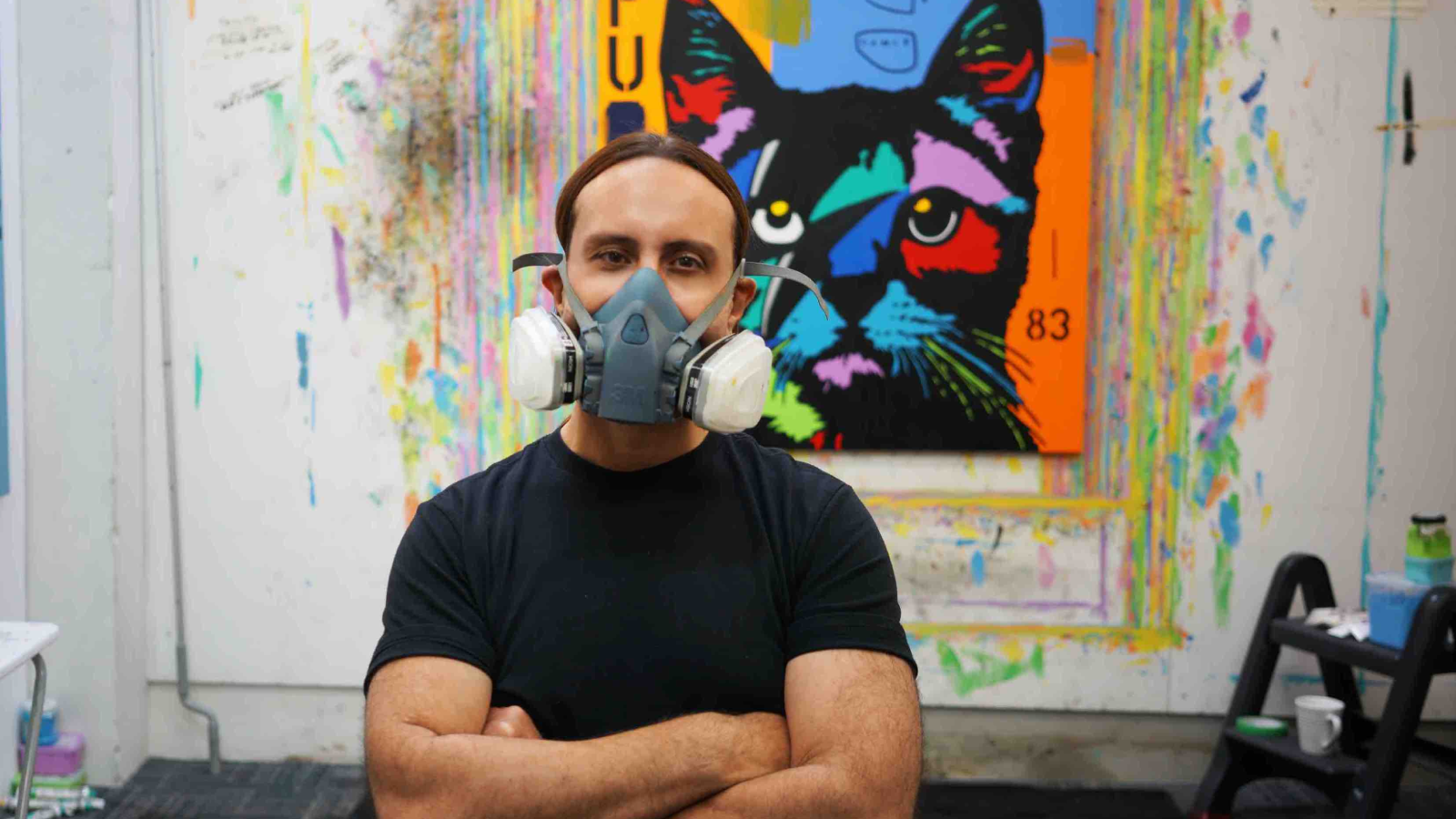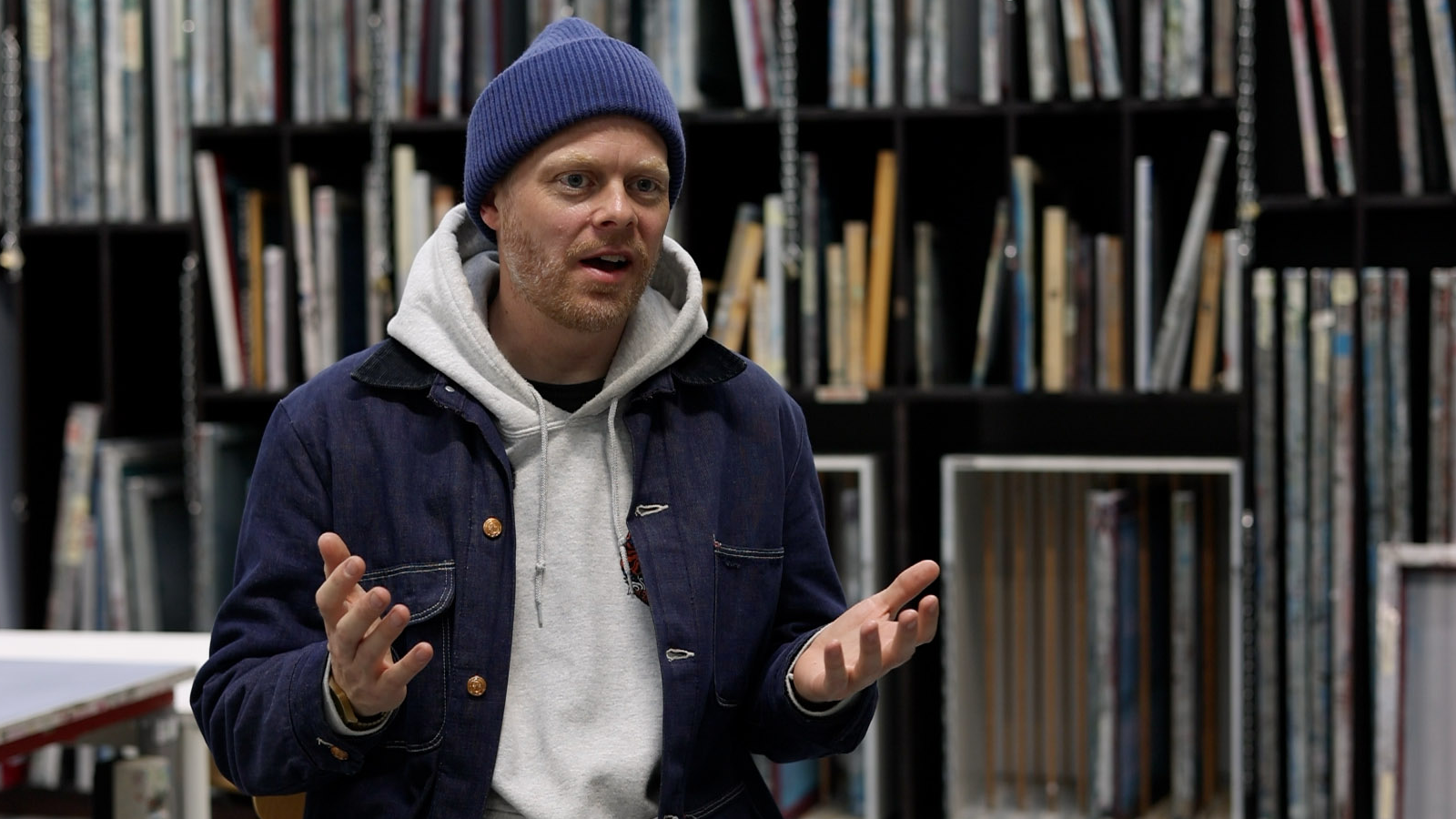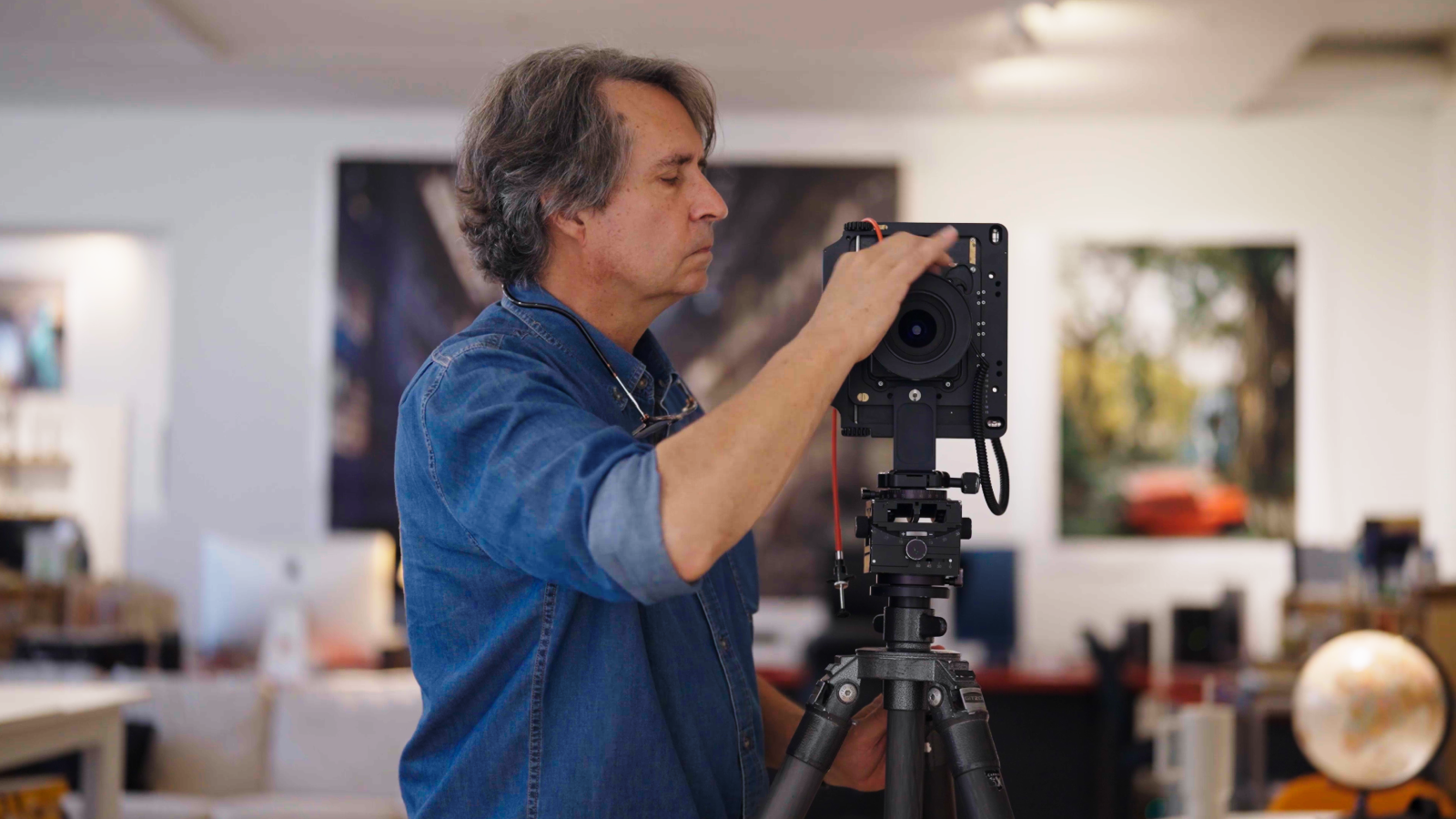Interviews
The Story of Chen Wenling and His World-Famous Red Sculpture
May 7, 2025
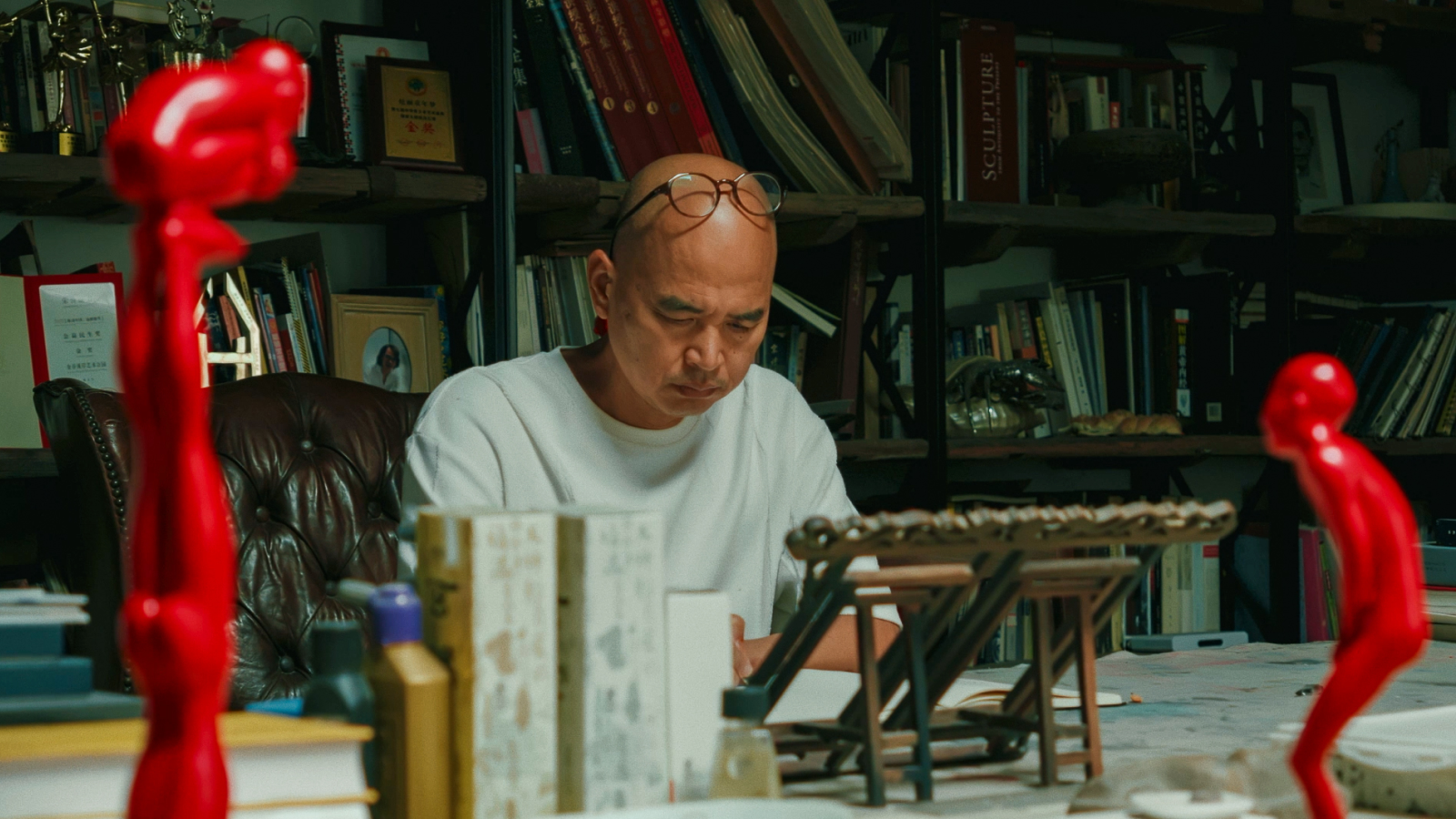
Tucked in the northern part of Beijing, Chen Wenling’s studio is a compact world of its own. “This is a small studio of mine,” he says, walking past pieces from every era of his creative life. It’s not just where he sculpts, it’s where he reflects, hosts, and experiments.
But the real foundation of his art? A clear little stream in rural Fujian. “That stream is like my mother river,” he says. “It deeply influenced the spiritual aspect of my art.”
This is Chen Wenling.
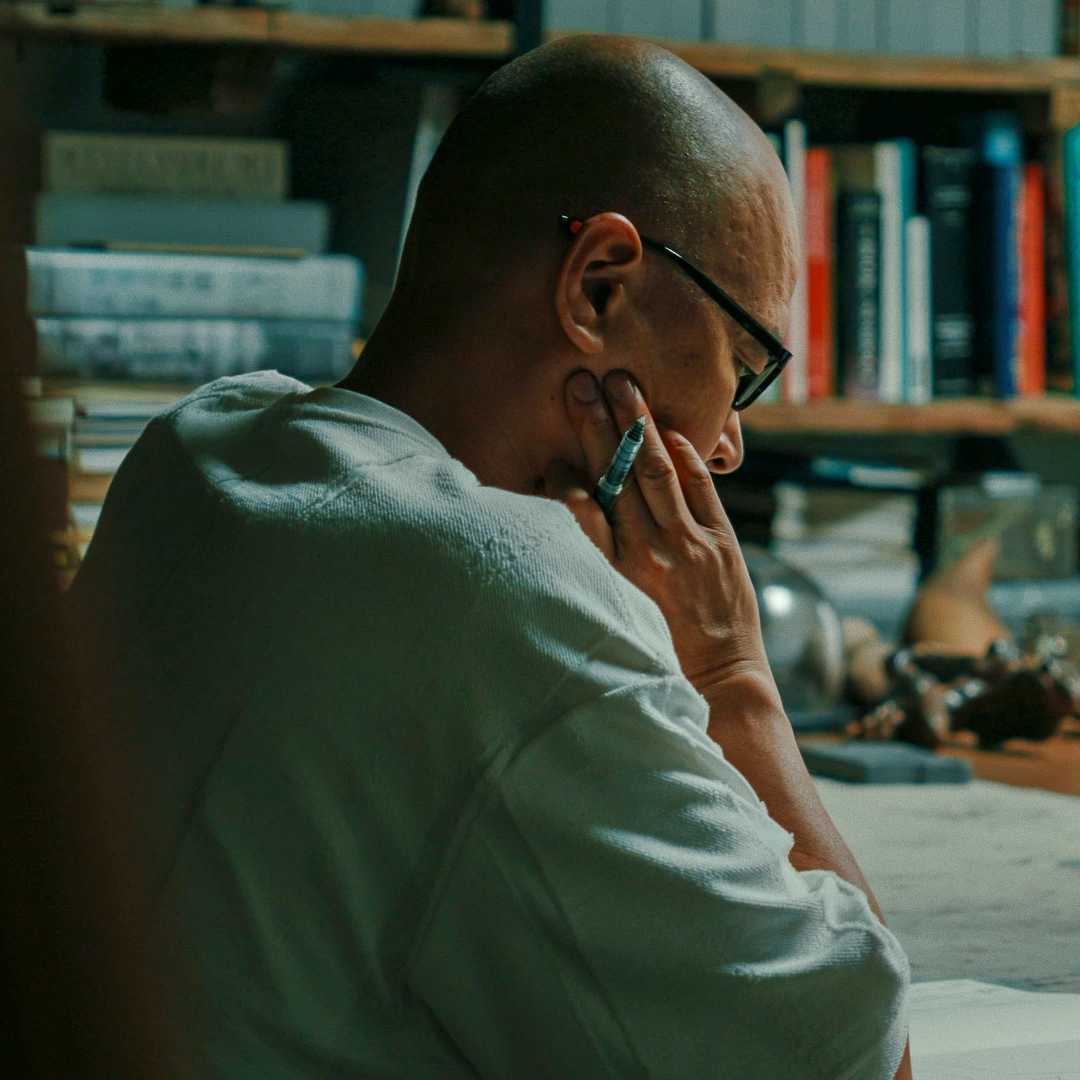
The Red Figure and the Sea
One of Chen’s most iconic creations is a lean, red-skinned child, dreamy, grinning, standing awkwardly in nature from his ‘Red Memory’ series. Its story starts in that childhood stream and flows into the beaches of Xiamen, where Chen first envisioned the red figure as part of the wild.
“When it was exhibited by the sea, it created a color relationship, blue skies, yellow sand, green grass, and this red figure just standing there,” he recalls. “It’s slightly emaciated, either daydreaming or giggling. There’s a hunger there… a kind of sacred, untouched vitality.”
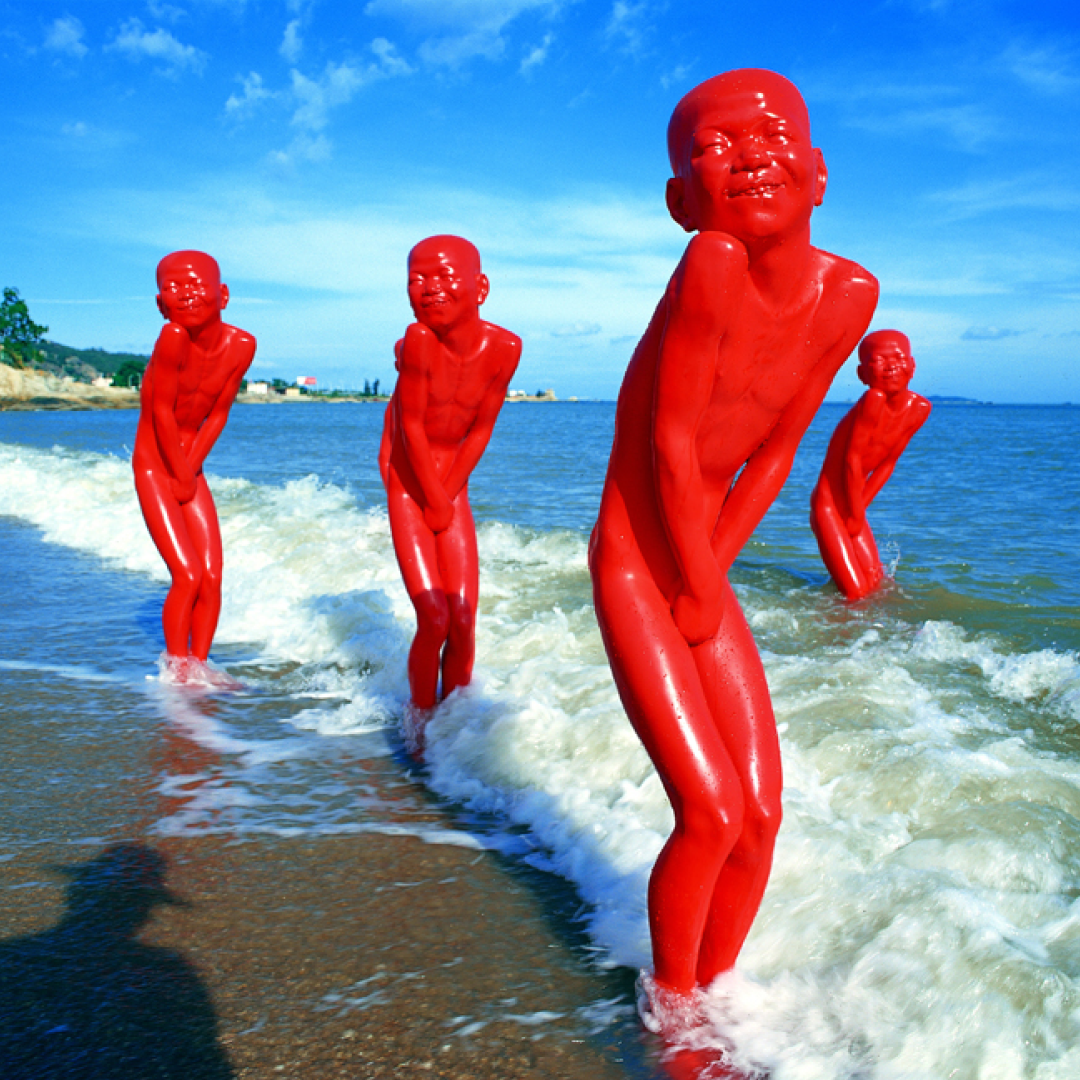
Art in the Open
In 2001, Chen pulled off something that few artists in China had dared before: an outdoor exhibition of over 100 large-scale sculptures.
“It wasn’t deliberate,” he says. “If you can’t show work indoors, why not exhibit outdoors?”
It turned out better than he expected, “even more effective than in a gallery.” That moment changed everything. From then on, his art leaned toward public space, interaction, the raw encounter between artwork and viewer.
The Creative Equation
To Chen, good art needs more than just observation. It needs distortion. Emotion. Even a bit of absurdity.
“Art comes from life, but it must rise above life,” he says. “It involves exaggeration, exploration, even nonsense. You’re creating something unfamiliar. A presence that doesn’t exist in this world.”
That sense of the surreal, real yet strange, is what makes his work resonate.
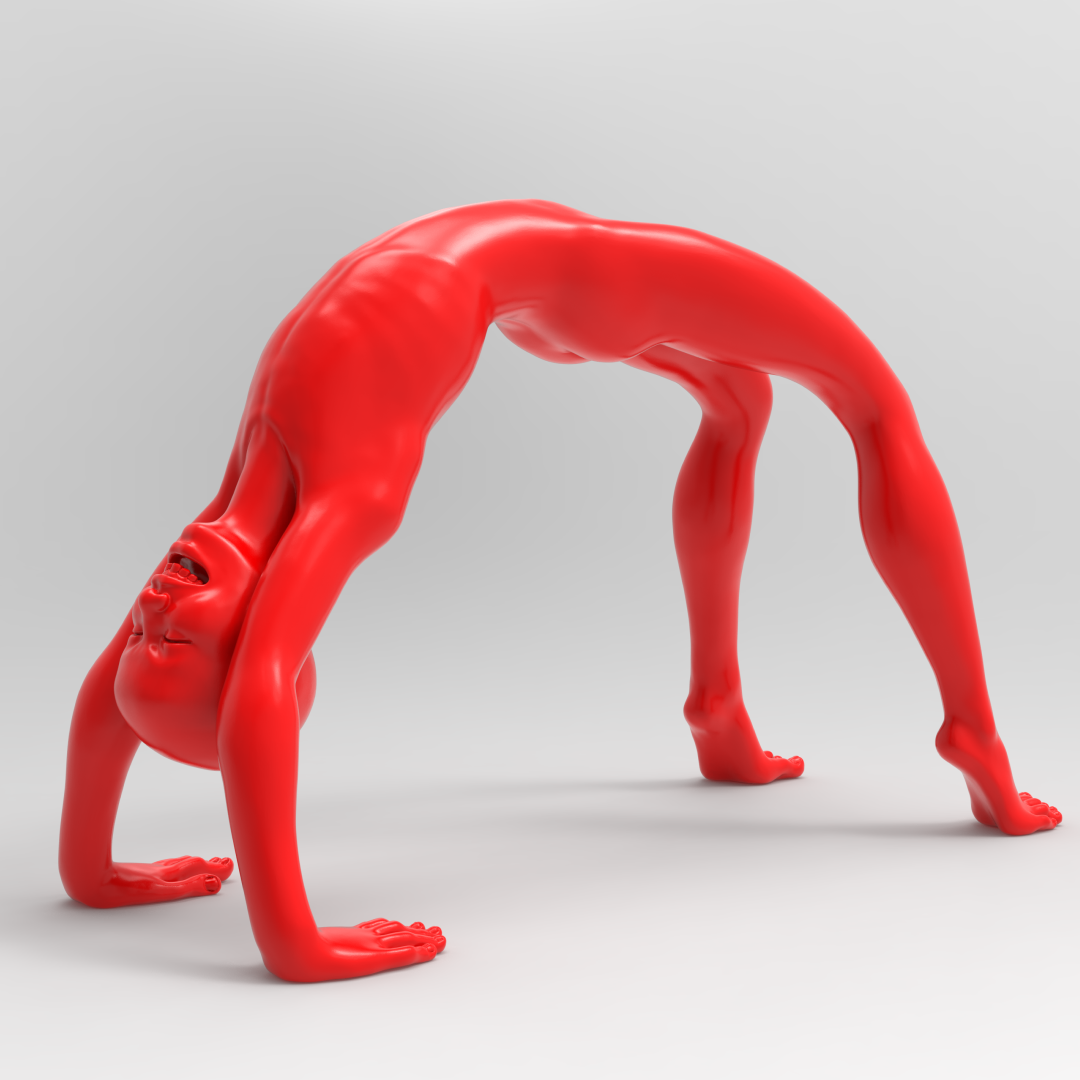
Can Art Be Explained?
Chen doesn’t believe in over-explaining.
“If art could be fully explained, maybe it wouldn’t be so charming,” he muses.
He’s never surveyed audiences to see how they interpret his work. But sometimes, just by watching them, how they move, how they look, he knows they feel something. “Art is universal. It transcends borders and cultures” he says.
Lasting Power
Though he’s shifted away from early series, collectors still ask for collaborations. It’s a sign, he says, that those works still carry “a lasting vitality.”
True art, to him, isn’t just about impressing audiences or critics. It’s about standing the test of time.
“The ultimate judge is time,” he says simply.
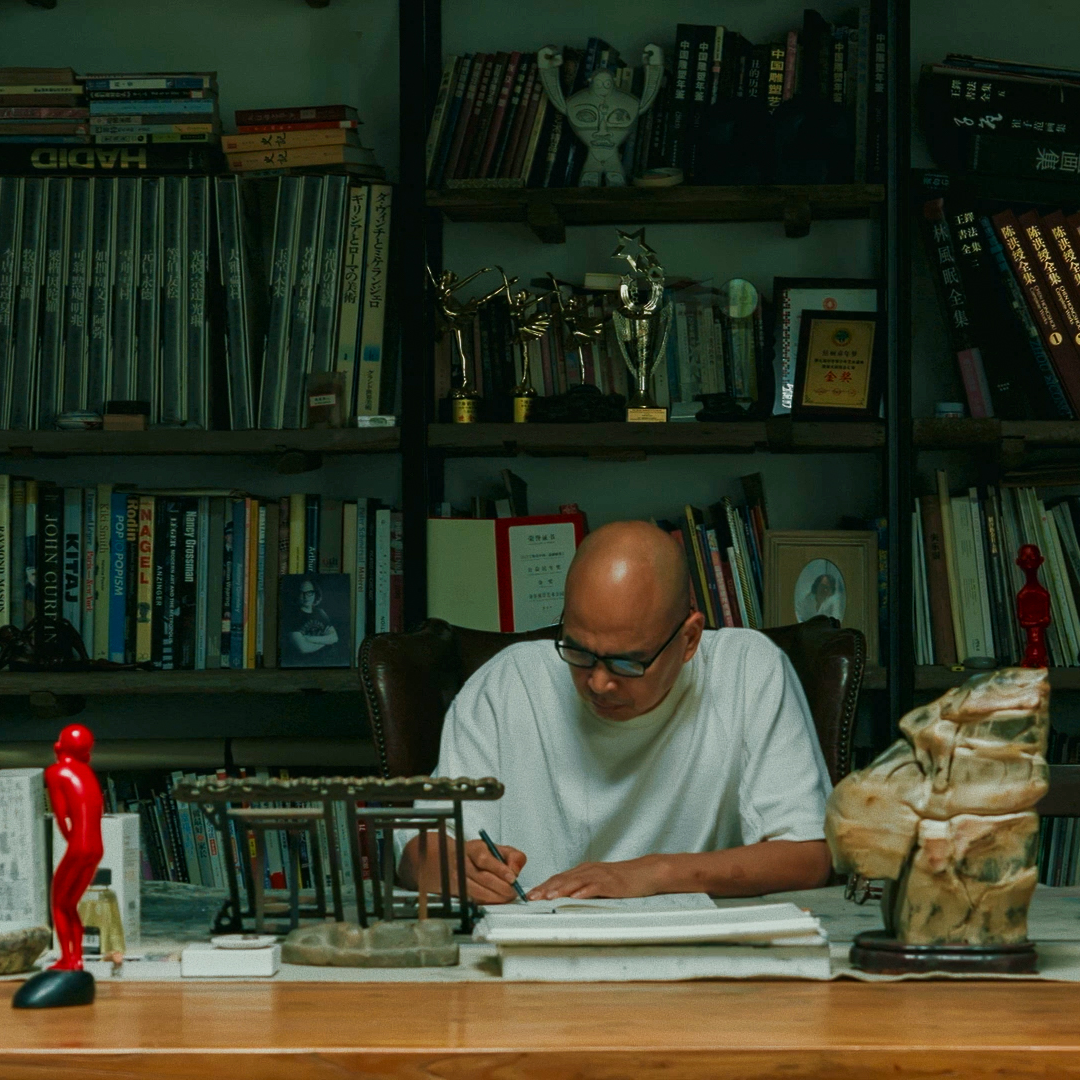
The Hope That Drives Him
Chen doesn’t aim to please everyone. That’s not the point.
“I believe art is a call to freedom,” he says. “It’s about exploring the unknown, even if you don’t find anything.”
His dream? To create work that’s personal, but also deeply human. Art that “transcends borders, cultures, and beliefs.” Whether he can reach that goal, he leaves to time.
“But through my relentless efforts,” he adds, “maybe I can leave something meaningful behind.”
Chen Wenling’s journey, from a quiet stream in Fujian to the global stage, reminds us that the most powerful art is often rooted in memory, emotion, and fearless exploration. His iconic red sculpture isn’t just a figure; it’s a symbol of innocence, absurdity, resilience, and the enduring human spirit. In a world that often seeks explanation, for Chen, art is not about finding answers, it’s about awakening something timeless.
Sign up to our Newsletter.
Watch Chen Wenlings Artist Spotlight:
